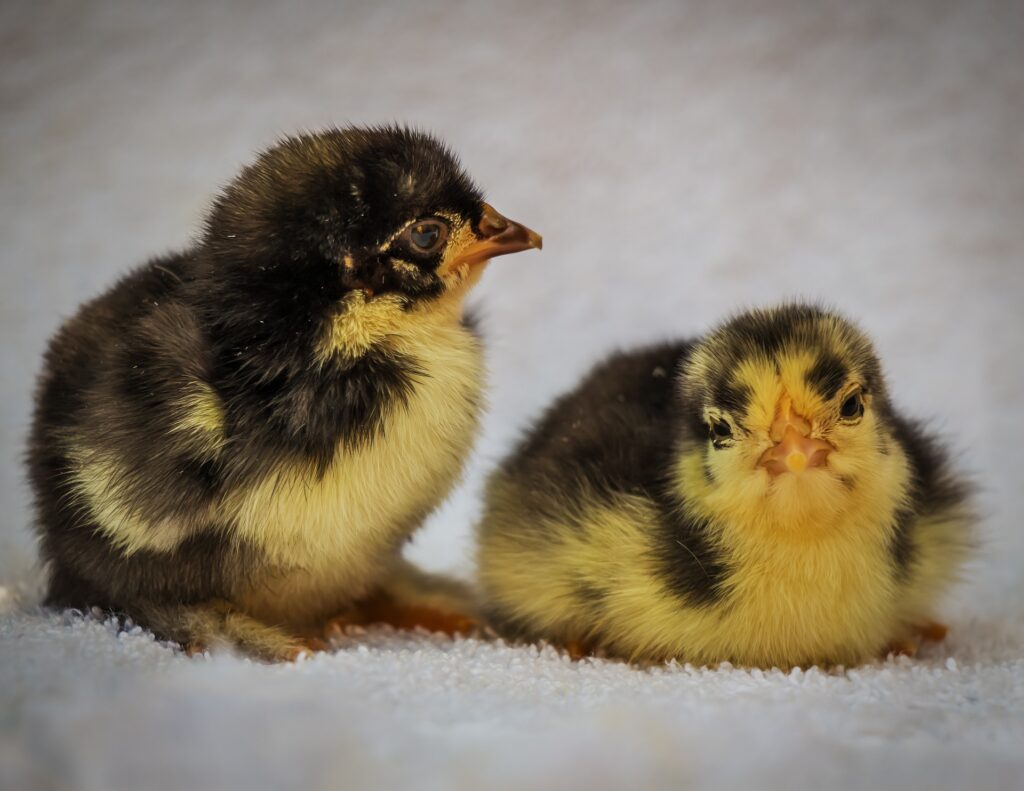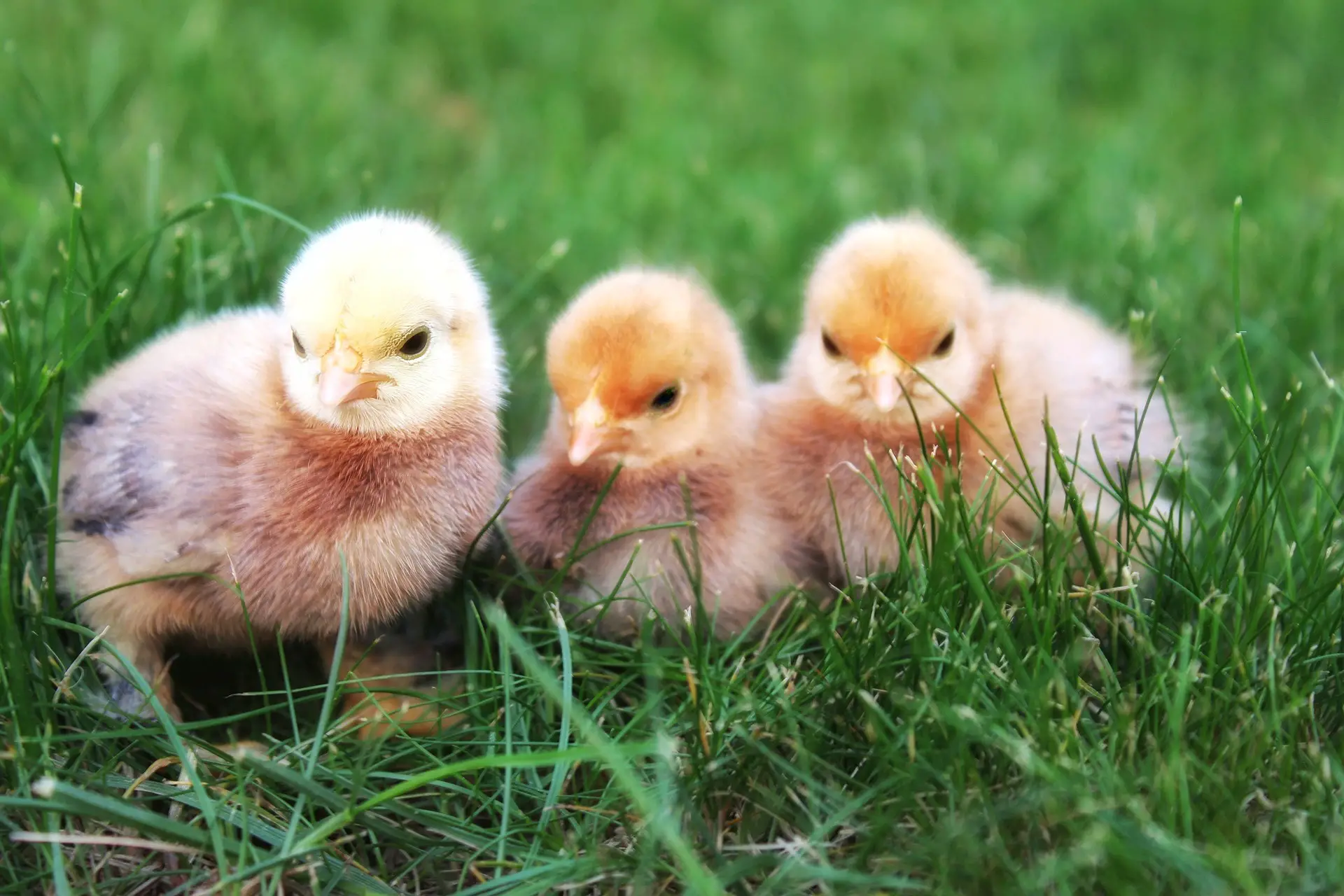If you’re a chicken enthusiast, you’ve likely come across the adorable and fluffy Silkie chicken breed. Silkie chicken chicks are known for their unique appearance, with soft, fur-like feathers and a gentle demeanor. In this blog post, we will explore all things related to Silkie chicken chicks, from their appearance and characteristics to their care and needs.
You may also want to read about the best brooder heater.
Appearance and Characteristics of Silkie Chicken Chicks
Silkie chicken chicks are a sight to behold with their fluffy and unique appearance. They have black skin, bones, and meat, which sets them apart from other chicken breeds. Their feathers are incredibly soft and resemble fur or silk, hence the name “Silkie.” Silkie chicks have a rounded body shape, a small comb, and turquoise-colored earlobes. They also have dark eyes and a small, short beak.
Silkie chickens are a bantam breed, which means they are smaller in size compared to standard chicken breeds. They have a calm and docile nature, making them excellent pets and show birds. Silkie chicken chicks are known for their sweet and friendly personalities, making them a popular choice among backyard flock keepers and chicken enthusiasts alike.
Care and Needs of Silkie Chicken Chicks
Like all baby chicks, Silkie chicken chicks require proper care and attention to ensure their health and well-being. Here are some key aspects to keep in mind when raising Silkie chicken chicks:

Brooder Setup: Silkie chicks need a warm and secure brooder setup to keep them safe and comfortable. A brooder is a designated area, such as a box or a pen, where chicks can be kept warm, dry, and well-fed. It should be equipped with a heat lamp or a heat plate to maintain the right temperature (around 95°F) during the first few weeks of life.
Bedding: Choose a suitable bedding material for your Silkie chicks, such as pine shavings or straw. Avoid using cedar shavings as they can be harmful to the chicks’ respiratory system. Keep the bedding clean and dry, and replace it regularly to maintain a healthy environment.
Feeding: Silkie chicks, like all chicks, require a balanced and nutritious diet for proper growth and development. Feed them a high-quality chick starter feed that contains all the necessary nutrients, vitamins, and minerals. Provide clean water at all times and monitor their intake to ensure they are eating and drinking adequately.
Health and Safety: Regularly check your Silkie chicks for signs of illness, such as lethargy, loss of appetite, or unusual droppings. Keep their brooder clean and dry to prevent bacterial growth and diseases. Protect them from drafts, extreme temperatures, and potential predators. Provide them with enough space to move around and exercise.
Socialization: Silkie chickens are known for their friendly nature and enjoy socializing with their human caregivers. Spend time handling and interacting with your Silkie chicks to help them become comfortable with human contact. This will also help them bond with you and develop trust.
Transition to the Coop: As your Silkie chicks grow, they will eventually outgrow their brooder and need to transition to the coop. Make sure the coop is clean, dry, and well-ventilated. Gradually acclimate them to the outdoor environment by letting them spend some supervised time outside during the day, gradually increasing their outdoor exposure.
Special Considerations for Silkie Chicken Chicks
Silkie chickens, including their chicks, require some special considerations due to their unique characteristics. Here are a few things to keep in mind:
Feather Care: Silkie chicks have soft and delicate feathers that require special attention. Avoid handling them roughly or pulling on their feathers, as this can cause feather damage or stress.


